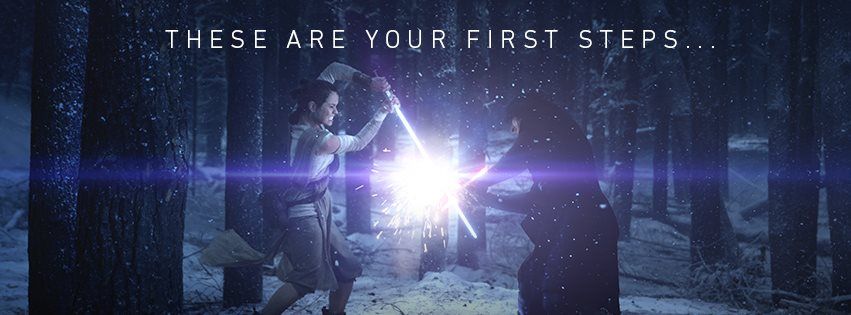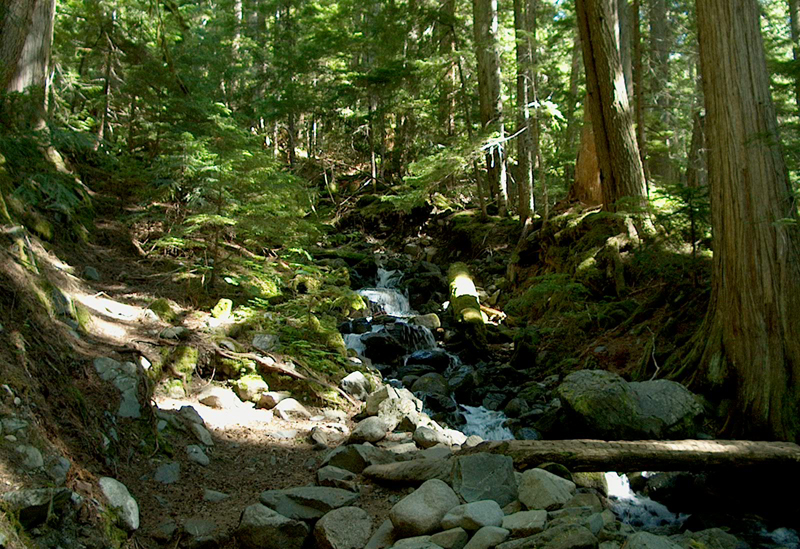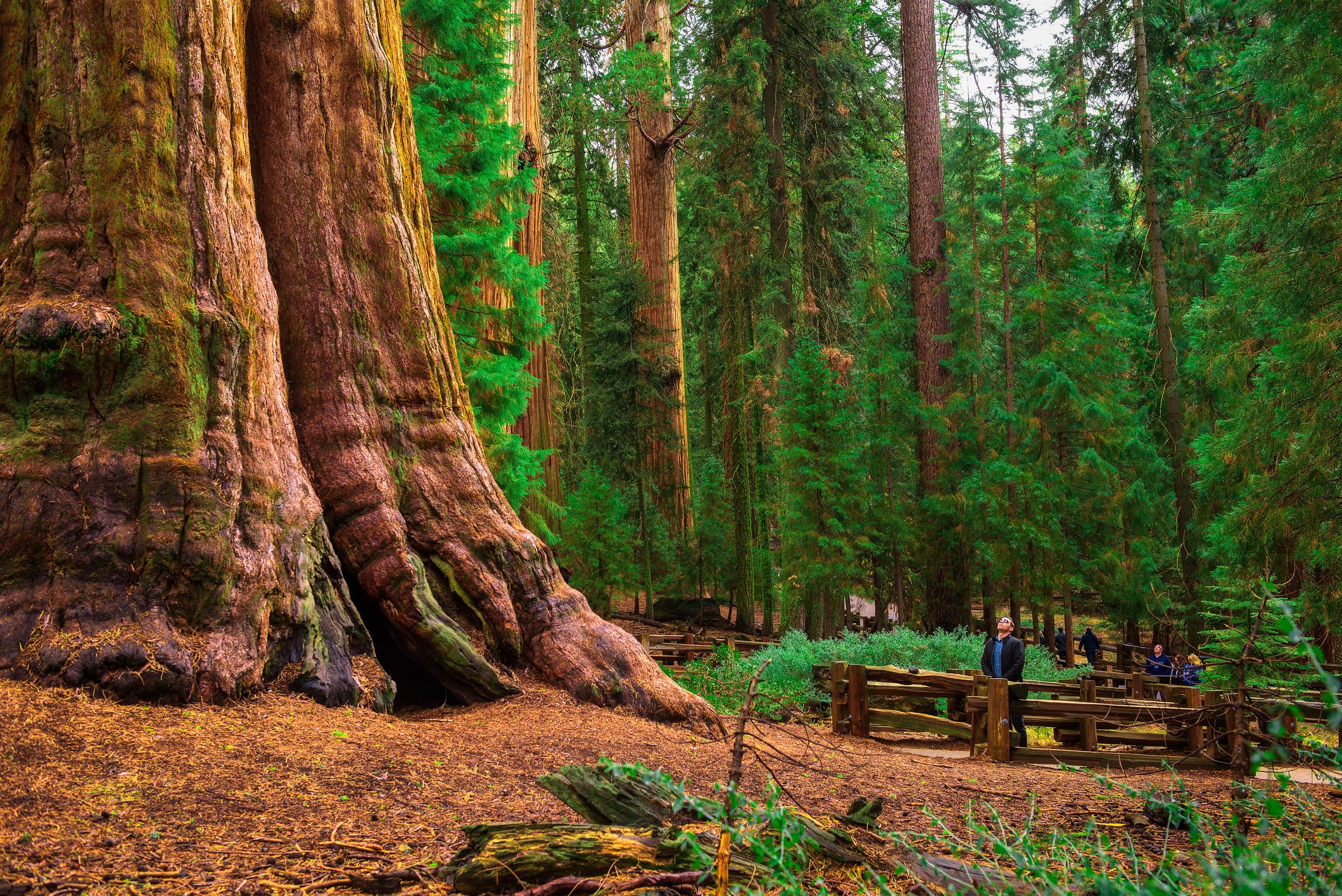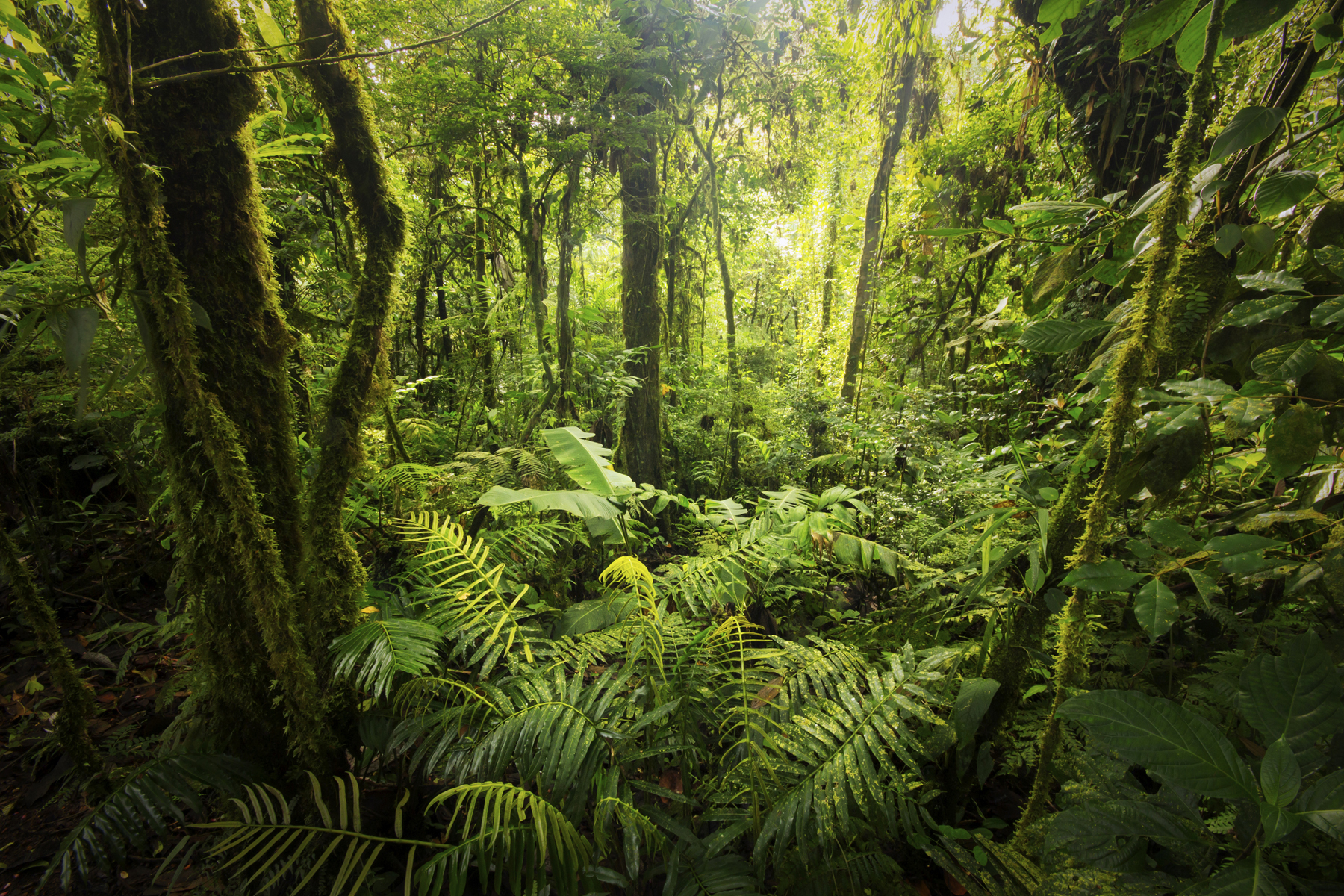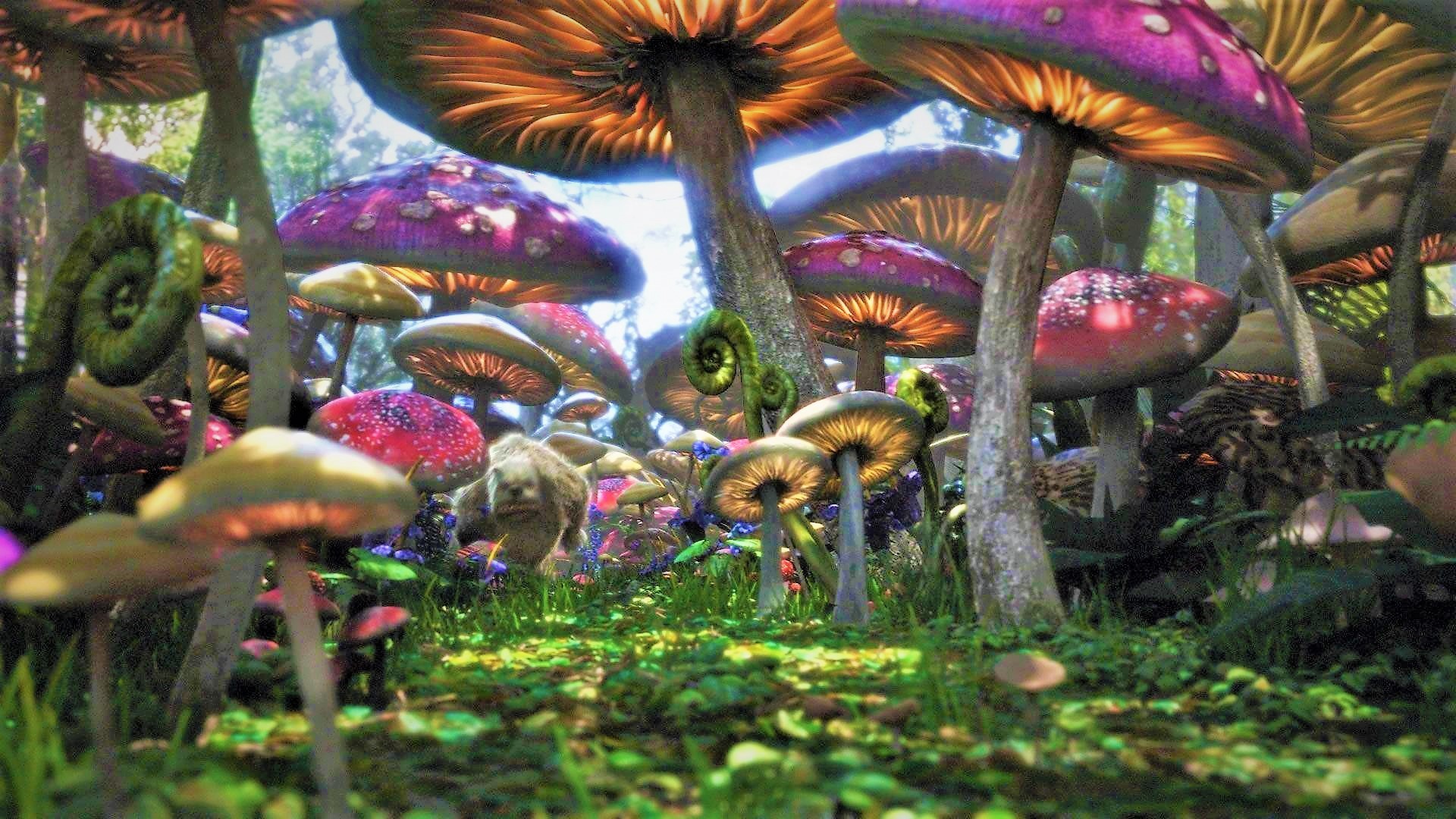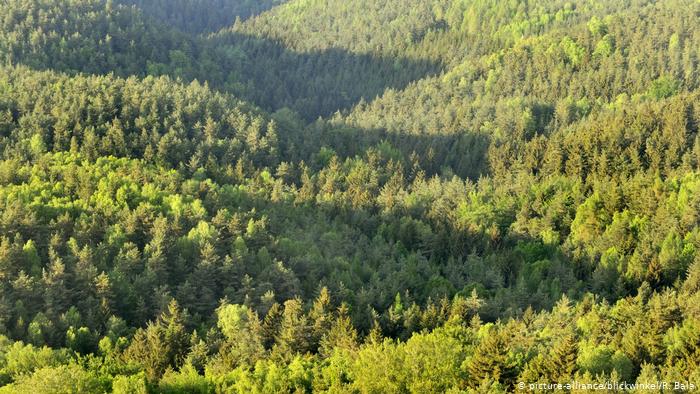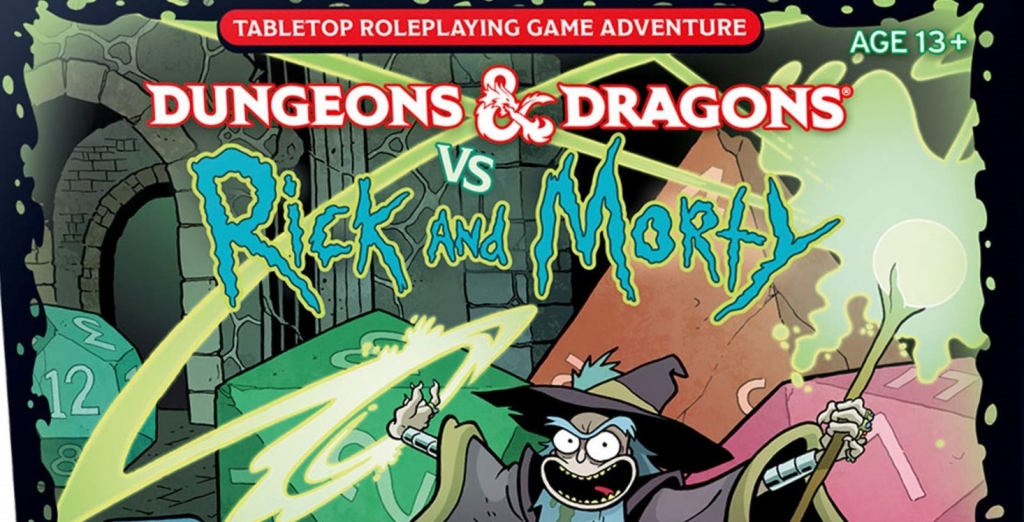RPG: World Building Workshop – Planting Your Forests
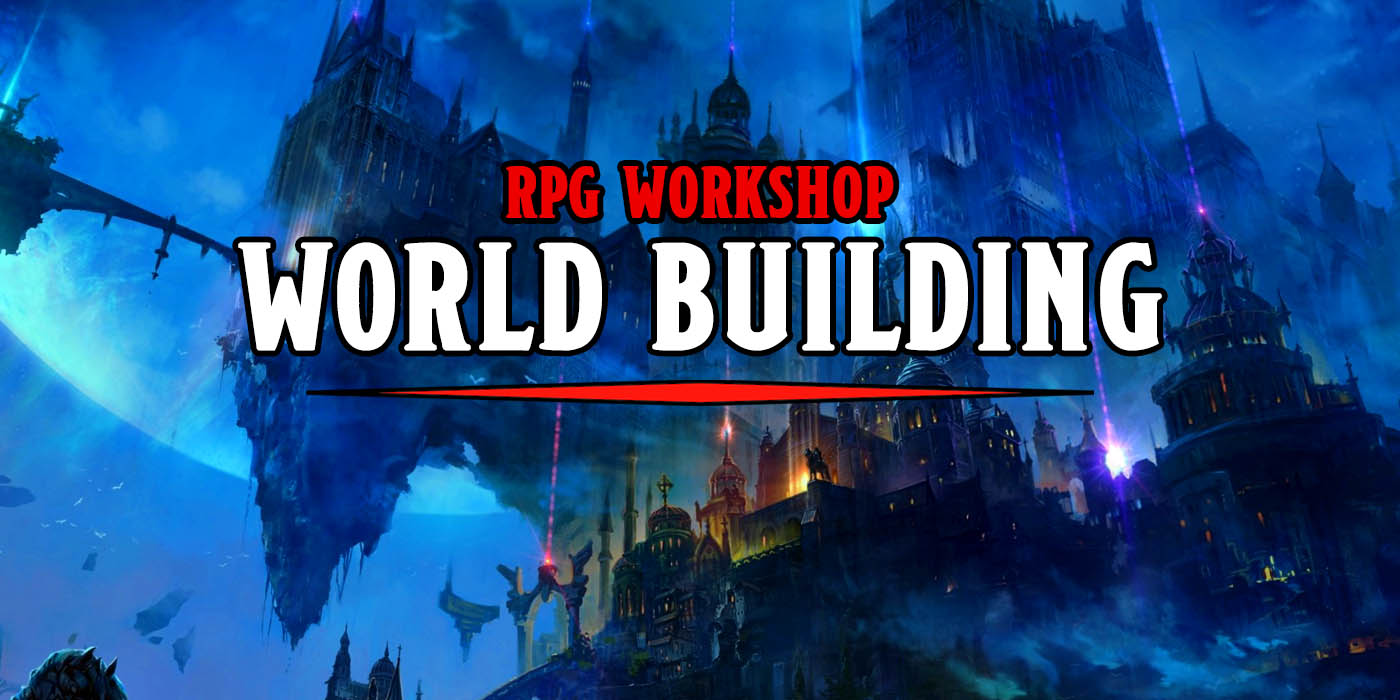
Gamemasters, let’s talk about using forests in your maps and as part of your worldbuilding.
There comes a time in almost every DM’s life when they want to move beyond the existing settings and create one of their own. Maybe you have an amazing story to tell, and it needs its own world to be told in. Perhaps you have a super awesome idea for a world and want to run adventures in it. Maybe you just like making up settings. Whatever the impetus, creating your own setting can be fun and rewarding both to you and your playgroup. In this ongoing series, we will look at the steps you can take to create your own setting (a process known as world-building), and we’ll look at some tips and tricks of excellent world-building and some common mistakes people make. Along the way, we will build our own setting and world.
Welcome to World Building Workshop, let’s get started.
The Groundwork
Last time on World Building Workshop, we talked about using rivers in your map. We covered why they are important and some types you can use. Today lets talk about another vital aspect of your map, one that that can get a little more fantastical: forests.
Forestry Basics
Once you’ve got your mountains and rivers down on the map on of the other main terrain types, you’ll want to think about is forests. Forests are an essential part of any world, both real or fantasy. They are also one of the most important and common settings for adventures. As such, they need to be considered early on and have some some real thought put into them.
Now let’s take a moment to distinguish between forests and woods. Most places have trees and most civilized settled lands will have collections of trees, parks, woods, woodlots, groves and what we often call forests can be found most places to one degree or another. Places without these are often noted for their particular lack of trees. When making a map, it’s likely you’ll only note down the particularly large, or significant forests, not every single one. These are often ones that serve as major geographical features, the Amazon forest vs. the stand of trees near Castle Libernacht. Of course, as with rivers and mountains, the scale of your map will determine what is and isn’t important to note.
Types of Forests
Unlike rivers, there aren’t as many rules governing where you can place a forest, pretty much anywhere with enough water and that isn’t above the tree line can grow a forest. Water and climate will, however, play into the type of forest to a degree. Let’s take a look at some common types of forest you might use.
- The Forest Forest, or the common old world forest: This is your basic forest, though it can incorporate several types of real-world forest, such as temperate broadleaf and temperate needle leaf. This is pretty much what most westerners will think of if you say forest. There are lots of types of trees you can populate it with, and those are up to you. Your classic psuedo-European fantasy is full of these.
- The Great Wood or new world forest: The Great Wood is pretty similar to the “common old world forest.” The main thing differentiating them is scale. To me, the great wood is more like your California Redwood filled forests. It’s still a temperate forest but the trees, and scales are just larger. American set fantasy is likely going to feature these.
- The Jungle: Again this incorporates a few real-world types, with several types of wetter/dryer/larger/smaller forests types being all mixed together. As it’s generally used in fantasy this is a wet, dense, rain forest. It’s usually unexplored by the civilized races and can be a very dangerous place. It can hide lost ruins and isolated tribes, as well as strange beasts. If we follow tropes, it’s somewhere in the South. This type can also include the swampy forest.
- The Sparse/Dry Forest: This is a pretty common type in the real-world, but often one you won’t mark on your map. While it is a forest, it’s generally not dense enough to matter.
- The Magical Forest: Forests, more than rivers or mountains, have room to become fantastical in your setting. There are several things you can use as forest stand-ins. Crystal forests stretching out to the horizon, the Mushroom Jungle filling the caverns of your underground world, or a forest of overgrown petrified warriors – these could all be in your world. While not technically forests, all of these can act in the same manner.
- The Lack of a Forest: again while not technically a forest, the lack of a forest, or trees, can be it’s own vital thing to mention. This could be a great plains/steppes situation where there simply isn’t enough rain, or it could be that there is a blight where trees no longer grow.
Plant Those Trees
There are about a million types and variations of forest you can put down. While I’d make sure you think about them, and use them with purpose, I’d also urge against going crazy with forests. We usually are just marking down the biggest ones, and you don’t have to fill in every corner of your map with this woods or that forest. Like most features, it’s important to think about why you are marking it on your map.
Let us know how you use forests in your world, down in the comments!

